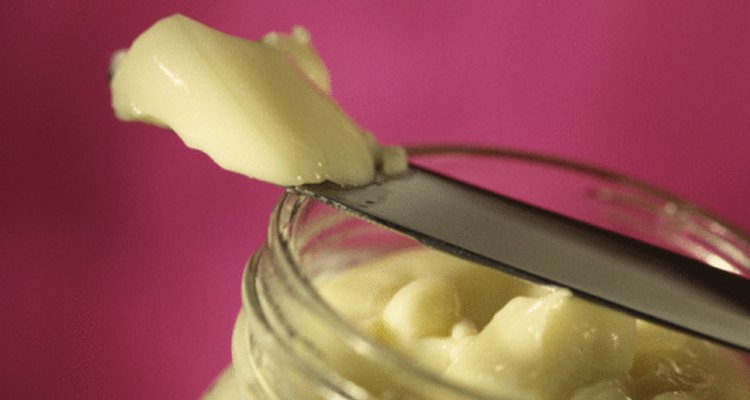
Commercially produced mayonnaise has several artificial emulsifiers that allow it to hold together for long periods of time. Homemade mayonnaise, however, is far less stable than processed versions, and often breaks if the temperature of its ingredients – egg yolks, oil, lemon juice and salt – drops too low. Egg yolks contain lecithin, a natural emulsifier that brings a broken and separated mayonnaise back together in seconds. The same technique that corrects broken mayonnaise also works for hollandaise sauce and bearnaise sauce, two other classic emulsions.
Separate one egg and place the yolk in a mixing bowl.
Add the broken mayonnaise to the egg yolk one tablespoon at a time, whisking constantly.
Increase the rate at which you add mayonnaise as the emulsion forms and the mayonnaise thickens.
Whisk until completely emulsified.
Related Articles

How to Replace Eggs With Mayonnaise
Is Mayonnaise That Has Been Frozen Safe ...

How to Make Gel Moisturizer

How to Make a White Decorator Icing
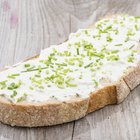
Calories in Tofu Cream Cheese
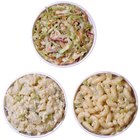
Miracle Whip & Mayonnaise Macaroni Salad

Homemade Coconut Pomade
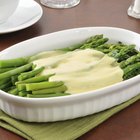
How to Heat Mayonnaise

How to Make an Oil-Free Facial Lotion
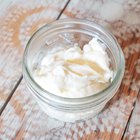
How to Make a Mayonnaise Facial Mask

How to Fix Grainy Whipped Ganache

How Can I Thicken My Homemade ...

How to Make Fish Taco Sauce

Do You Have to Refrigerate Mayonnaise ...

How to Make Homemade Wax Strips

How to Make Moist Baked Chicken Breasts ...

Can You Eat Expired Mayonnaise?

How Many Calories in a Double Whopper?

How to Mix Your Own Vinegar & Oil

How to Make Creamy Alfredo Sauce With ...
References
- "The Professional Chef 8th Edition"; The Culinary Institute of America; 2006
- What's Cooking America: Homemade Mayonnaise
Writer Bio
A.J. Andrews' work has appeared in Food and Wine, Fricote and "BBC Good Food." He lives in Europe where he bakes with wild yeast, milks goats for cheese and prepares for the Court of Master Sommeliers level II exam. Andrews received formal training at Le Cordon Bleu.
Photo Credits
Jupiterimages/Photos.com/Getty Images